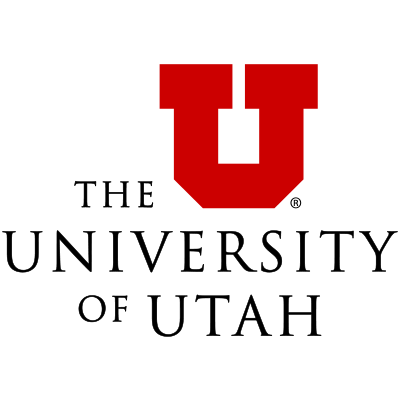University of Utah Goes All-In with Sprinkler System to Conserve Water Resources
“In addition to water savings, the sprinkler systems will result in significant reduction in labor and maintenance costs.”
— Lisa McCarrel
Landscape Supervisor

Region’s Largest Water User
A public, higher-education institution set on 800 acres in the foothills of Salt Lake City, the University of Utah (the U) comprises a student and faculty population of over 65,000. The U has historically been the largest water user in the region and has been criticized as a “water waster.” As a leader in interdisciplinary research in addressing the urgent sustainability challenges of our time, the U also strives to be a model of environmental best practices on campus. This dedication to sustainability compelled U officials to look for a better sprinkler system solution.
Several years ago the U’s landscape maintenance team implemented a trial of four WeatherTRAK irrigation controllers. Integrated via an API into the building automation system, WeatherTRAK provided a far superior method of water distribution, usage tracking, and remote irrigation system management, without water run-off from the slopes. From this new sprinkler system trial, the volume of water savings far exceeded expectations.
Focus on Water Conservation
Now, with a renewed focus on the latest in water conservation technology, the U decided to follow-up on its successful WeatherTRAK pilot and replace all outdated irrigation controllers campus-wide.
Their local distributor, Sprinkler Supply Company, recommended the University deploy the WeatherTRAK OptiFlow XR® controllers, which feature advanced water-flow-management functionality and systemwide coordination via the cloud for managing water windows and scheduling. Utilizing funds available from both the Sustainable Energy Fund and Facilities’ Sustainability & Energy Program, the landscape team is moving forward with implementing 179 irrigation controllers across the campus.
University sprinkler system manager John Walker is delighted with features such as automatic adjustment of watering periods based on weather reporting and mobile alerts that enable fast response to leaky pipes and gushing sprinkler heads. “It gives us better alerts, and more information we can use to be more reactive to what’s going on in the system,” Walker said.
What is significant about this new system is that it allows each zone to be calibrated by the water delivery technology and associated flow rate, from the giant, high-flow rotors used on big turf areas to slow drip used for xeriscape.
New Sprinkler System Expectations:
Annual water savings of 90 million gallons
Outdoor water use reduction up to 25%
Water cost savings could reach $10 million in seven to ten years
Expected project payback within three years
“The ability to monitor water used for irrigation purposes at the level that this equipment and program gives us is remarkable. It allows each irrigator or horticulturist access to the program to make changes based on root zones, soil type, slope and other landscape data while in the field,” explained Lisa McCarrel, University Landscape Supervisor. “The system provides reports indicating water flow issues, which are received each morning. It provides information that helps the technician determine which problem should be addressed first, based on water loss or possible plant material loss. The calculated water cost savings could reach $10 million in seven to 10 years. In addition to water savings, the reporting will result in a significant reduction in labor and maintenance costs.”
Water Waster to Water Saver
With the new controller system the landscape team anticipate saving 90 million gallons of water annually — a reduction in outdoor water use of up to 25%. They expect a return on the new investment of within three years.
Upgrading the sprinkler system technology is one of several tactics the U is employing to be a model of water-conservation best practices. Replacing turfgrass in favor of water-wise landscaping has been an ongoing project over the last 10 years. Low-flow toilets and faucets and expanded use of well water for irrigation are also in the mix. All in, the results have been dramatic, both in terms of water and money saved and data collection for ongoing research.

